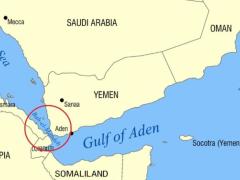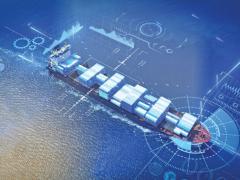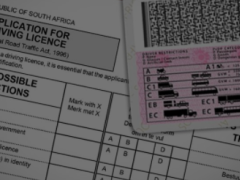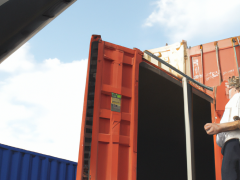The recognised understanding of tariff engineering refers to design and manufacturing decisions made so that the finished goods are classifiable, by Harmonised Systems Code, at a lower rate of duty that would have applied without such decisions having been made.
As opposed to illegal tariff avoidance, legal tariff engineering reconfigures the design, material or construction to legally obtain the desired classification rather than misclassifying the goods.
For this to be legal, the imported goods must be a ‘commercial reality’, meaning that any tariff engineering must be a true part of the manufacturing process.
This rule limits manufacturers by requiring that the features used for tariff engineering purposes must not be removed after importation but must be sold or used with those features.
The latter point is important, as trying to avoid higher duties this way can be extremely costly.
Auto manufacturers in the US once tried to circumvent the high tariff on light trucks by adding back seats to the vehicles before importing them, to allow them into the US at the lower passenger vehicle rate. The loophole was closed by the customs authorities and the companies involved were fined heavily.
Product design and classification strategies can have a significant financial impact for a company, but for it to be successful, tariff engineering requires collaboration between designers, legal teams and logistics specialists to ensure compliance.
The actual practice of tariff engineering can be traced back to 1882, when an importer in the United States had sugar coated with molasses to avoid higher duties imposed on lighter-coloured sugar.
The Supreme Court ruled the act to be perfectly legal as long as the goods were truly invoiced. Similarly, Columbia Sportswear uses so called ‘nurse’s pockets’, or small pockets near the waistline on many of its women’s shirts, because women’s shirts with pockets below the waistline have a lower rate of duty than shirts without such pockets when imported into the US.
Strategies for reducing tariff rates may include material substitutions, minor design modifications, packaging and assembly adjustments and country of origin optimization.
Companies must, however, tread a fine line between redesigning their products and fraudulently classifying goods. In many cases, changing certain things about a product doesn’t change the essential character of the product.
If you add something to a shopping cart, it remains a shopping cart. Tariff engineering can only be effective if done ethically and in compliance with local laws. While modifying a product to save duty is legal, the misclassification of goods, intentionally or otherwise, may lead to severe penalties, audits and delays.
Future considerations regarding tariff engineering may include emerging software tools to assist in classifying goods more efficiently, governments cracking down on misclassification, and environmental tariffs and green trade policies could shift how products are classified in the near future.
For now, with the threat of a global trade war, along with US President Trump’s additional duties, tariff engineering is once again a topic of conversation and it should be taken seriously as a measure to combat the increase in duties.











